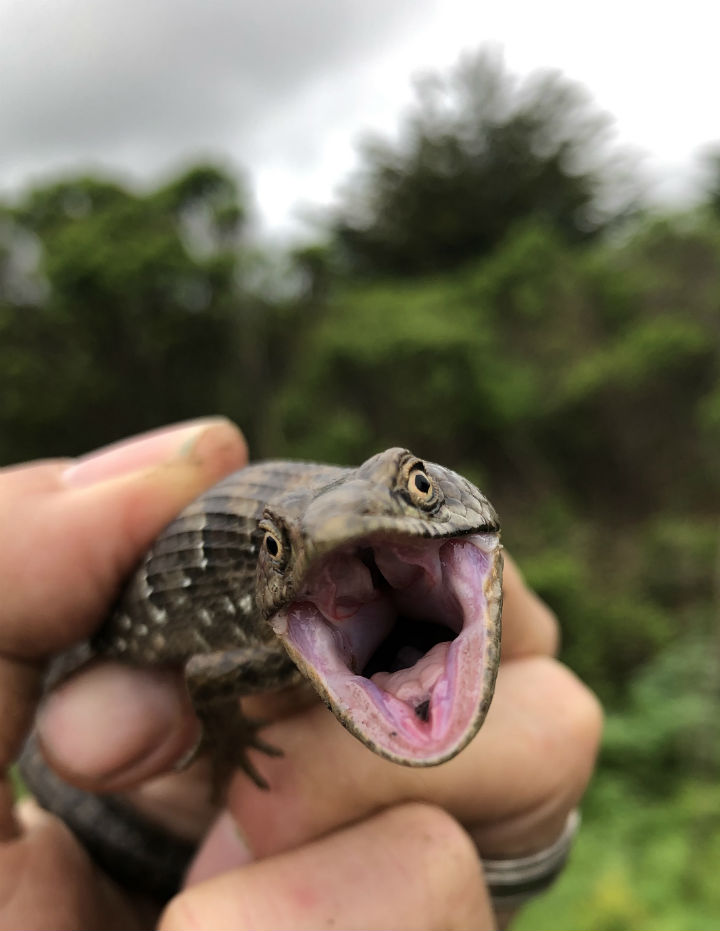SANTA CRUZ MOUNTAINS
California April 5-13 - it finally stopped raining after several weeks of precipitation. I decided to check out the Santa Cruz Mountains.
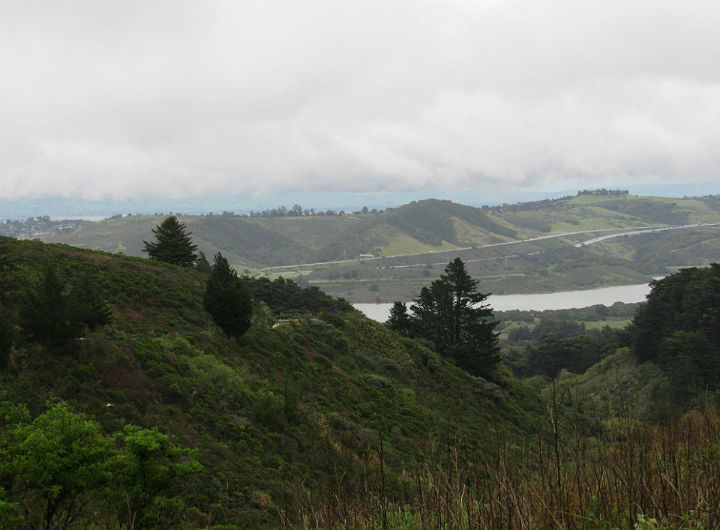
The state flower, California Poppy, was in bloom at a number of places that I visited. It can be orange, yellow, or a combination of both colors.
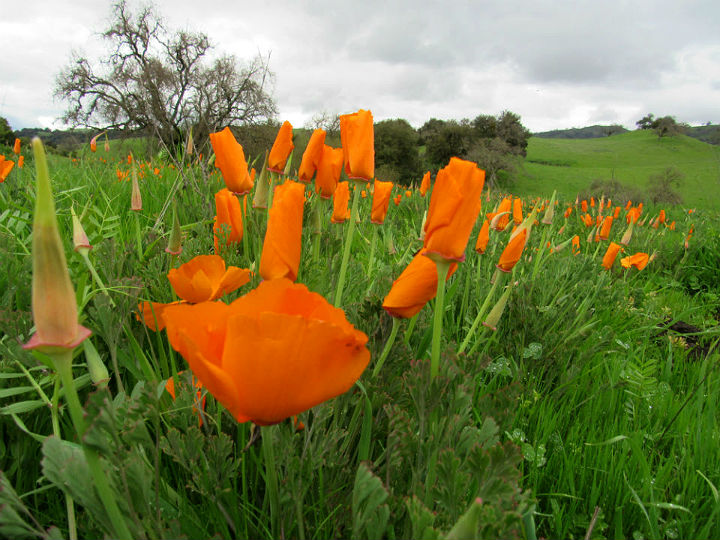
Coast Range Fence Lizards were easily found, though usually hidden on the first few days of the trip, due to lack of sun.
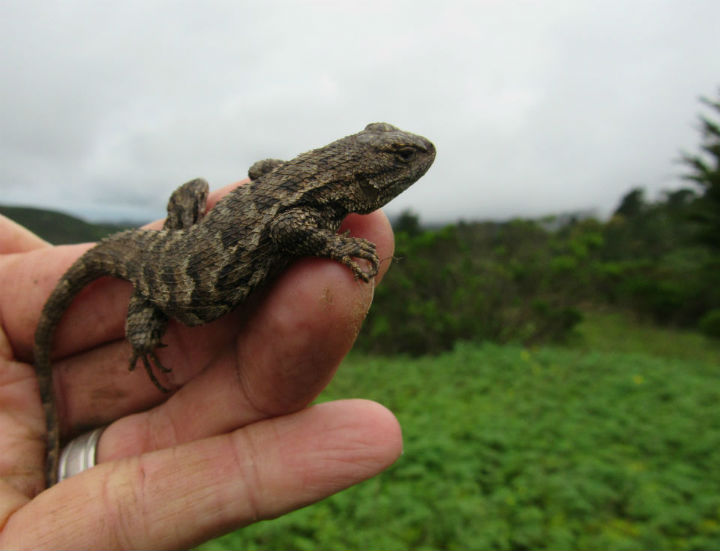
I came across a few Rubber Boas, one of the smallest members of its family and the northernmost ranging of all boas.
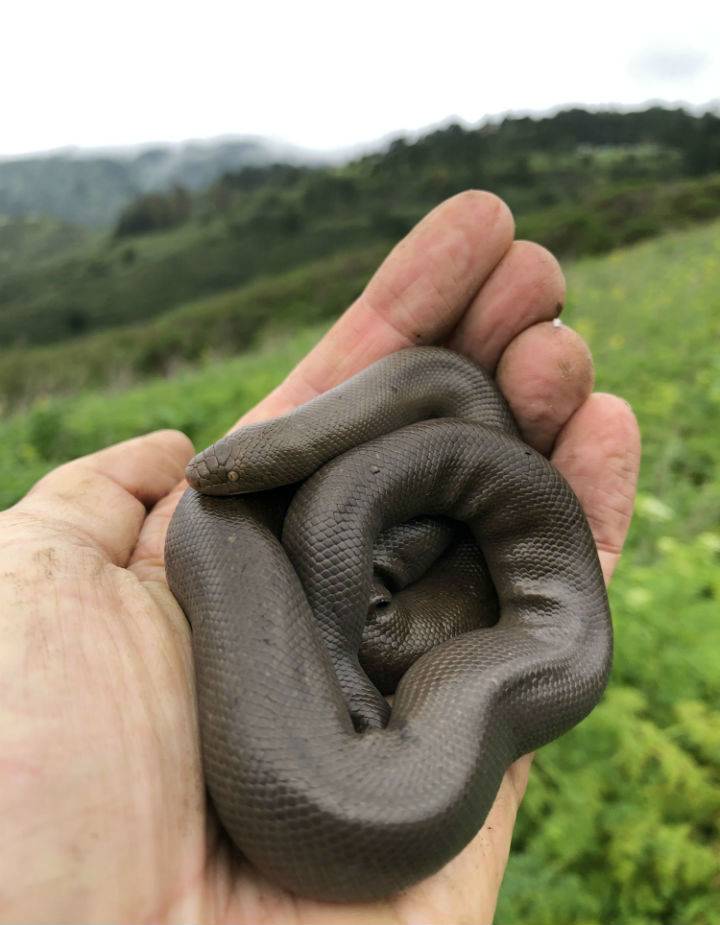
A secluded pond nestled in the Santa Cruz Mountains.
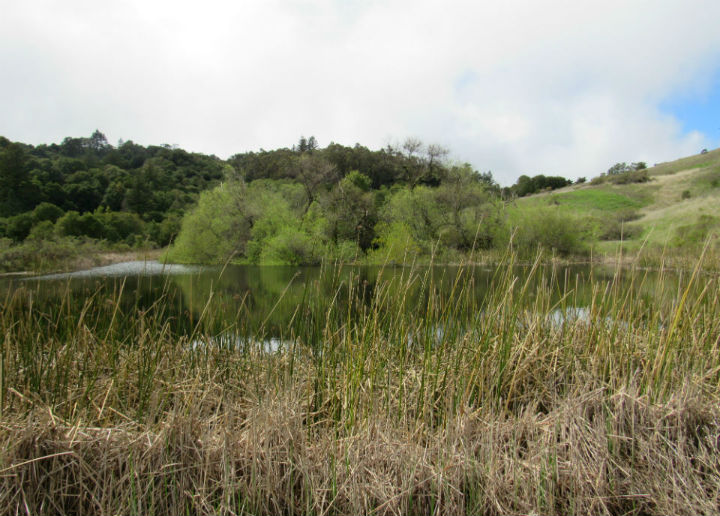
An "in situ" Santa Cruz Garter Snake basking at the edge of the pond.
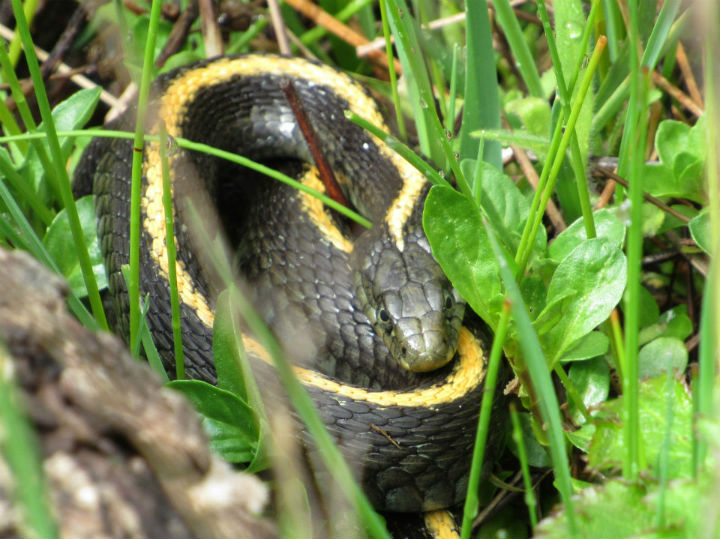
A bird that acts like a duck but isn't one - Pied-billed Grebe.
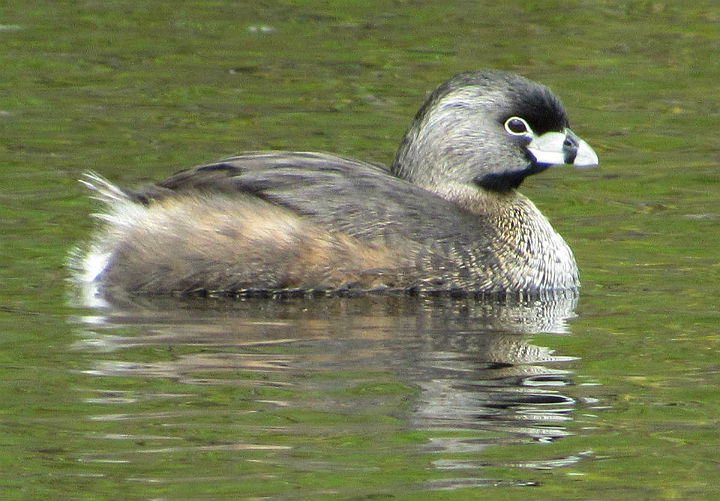
It's always nice to find a Pacific Gopher Snake (the largest serpent in the land) on the first day of the trip.
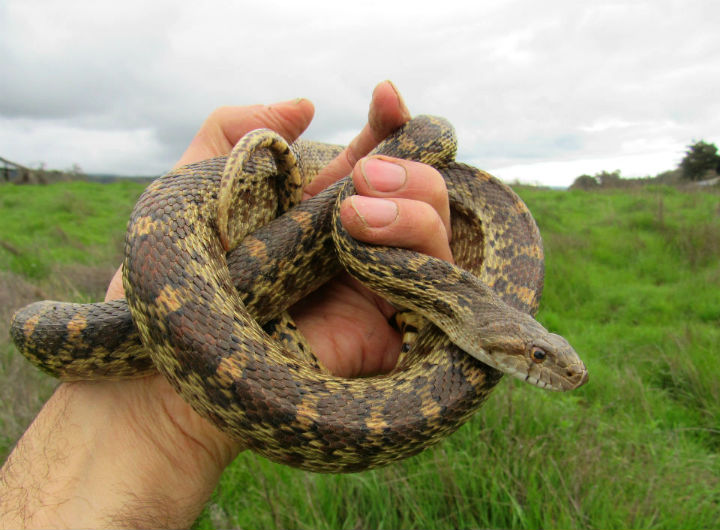
An amphibian that tends to walk rather than hop - California Toad.
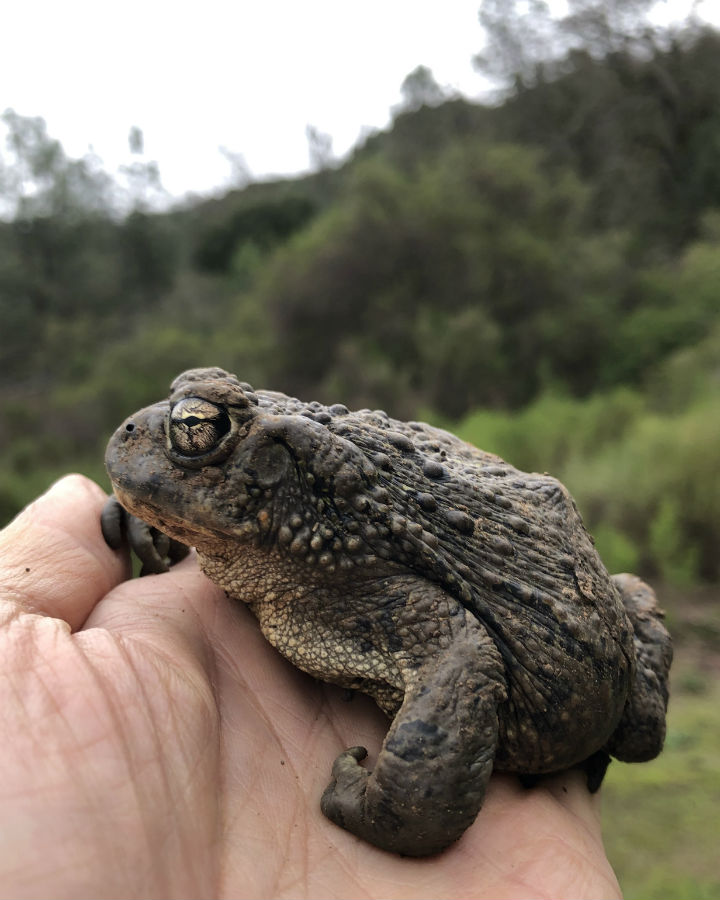
A Northern Pacific Rattlesnake, the only one that I found on the trip.
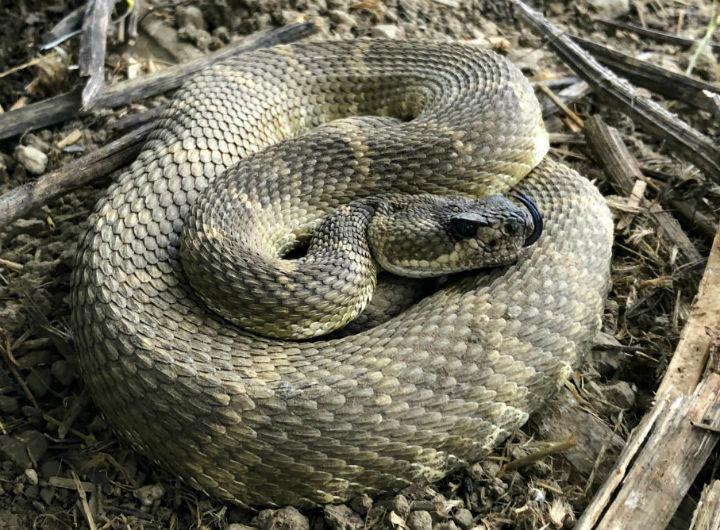
The damp conditions were favorable for California Slender Salamanders, a lungless amphibian that needs moisture to breathe.
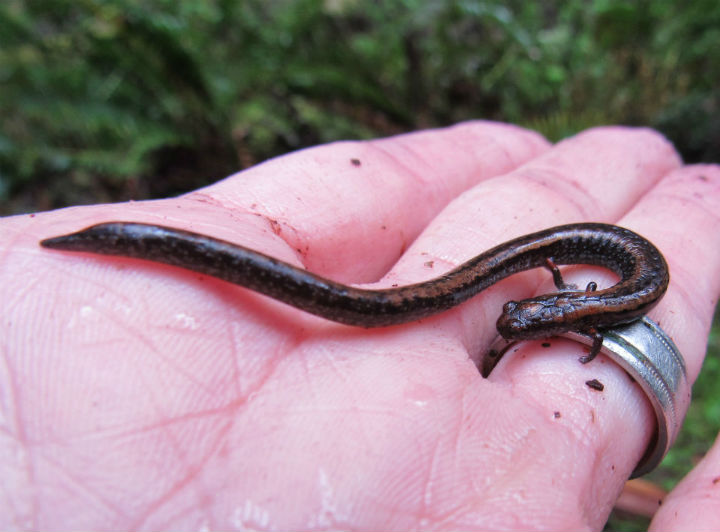
The most commonly encountered serpent - Coast Garter Snake.
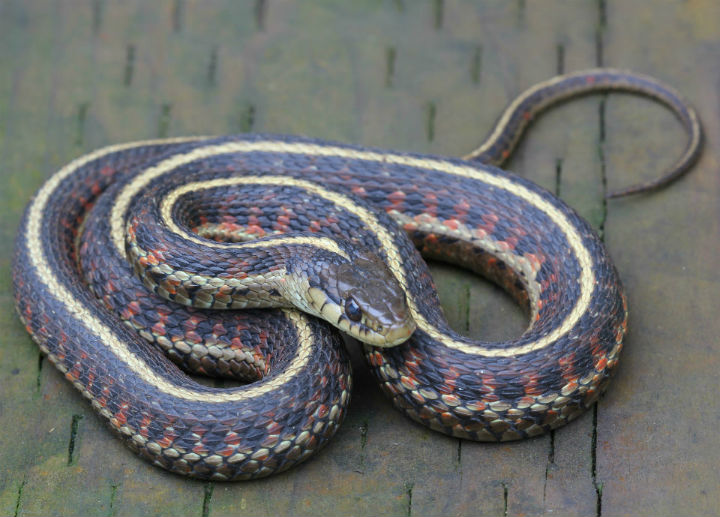
There was no shortage of Darkling Beetles.
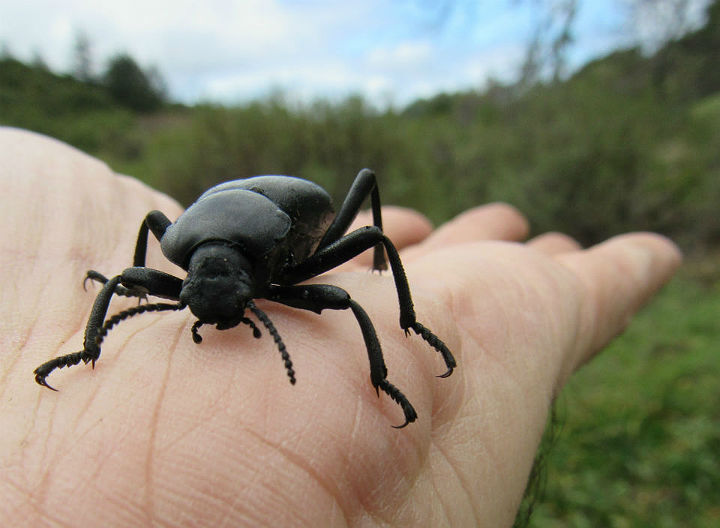
A nice looking Santa Cruz Garter Snake.
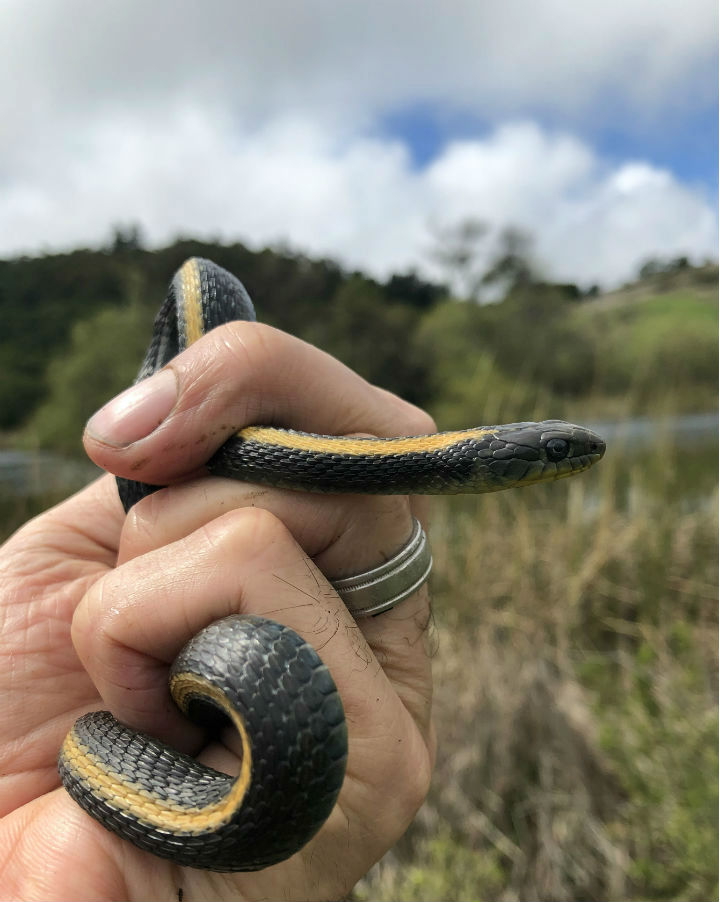
Sierran Treefrogs have many hues and patterns - and the ability to change color.
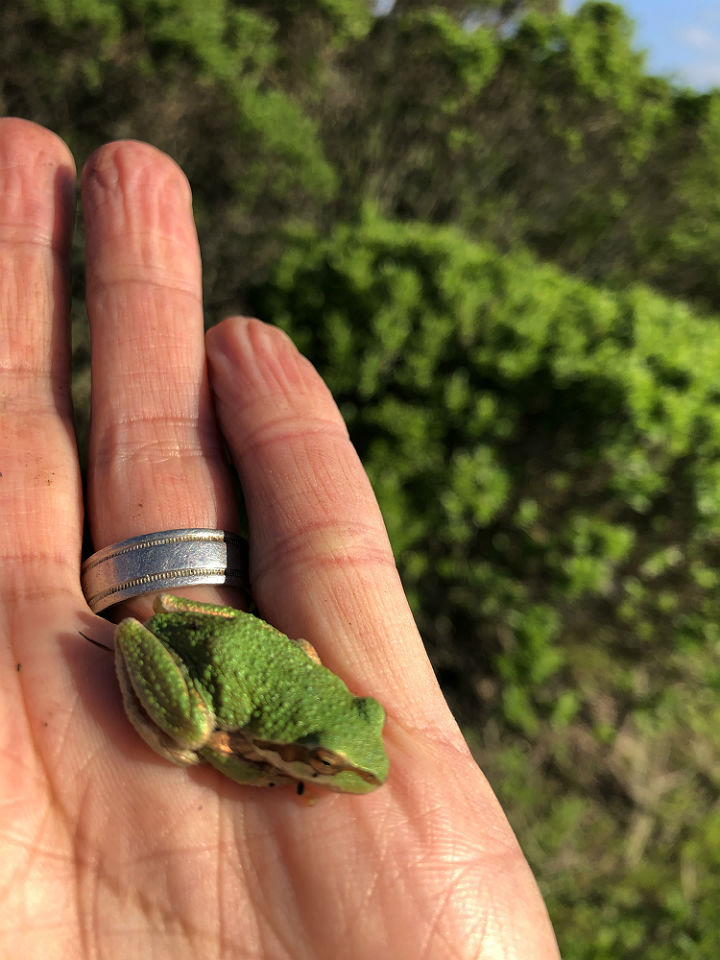
A Southern Alligator Lizard, a slow-moving reptile that can defend itself if it needs to.
